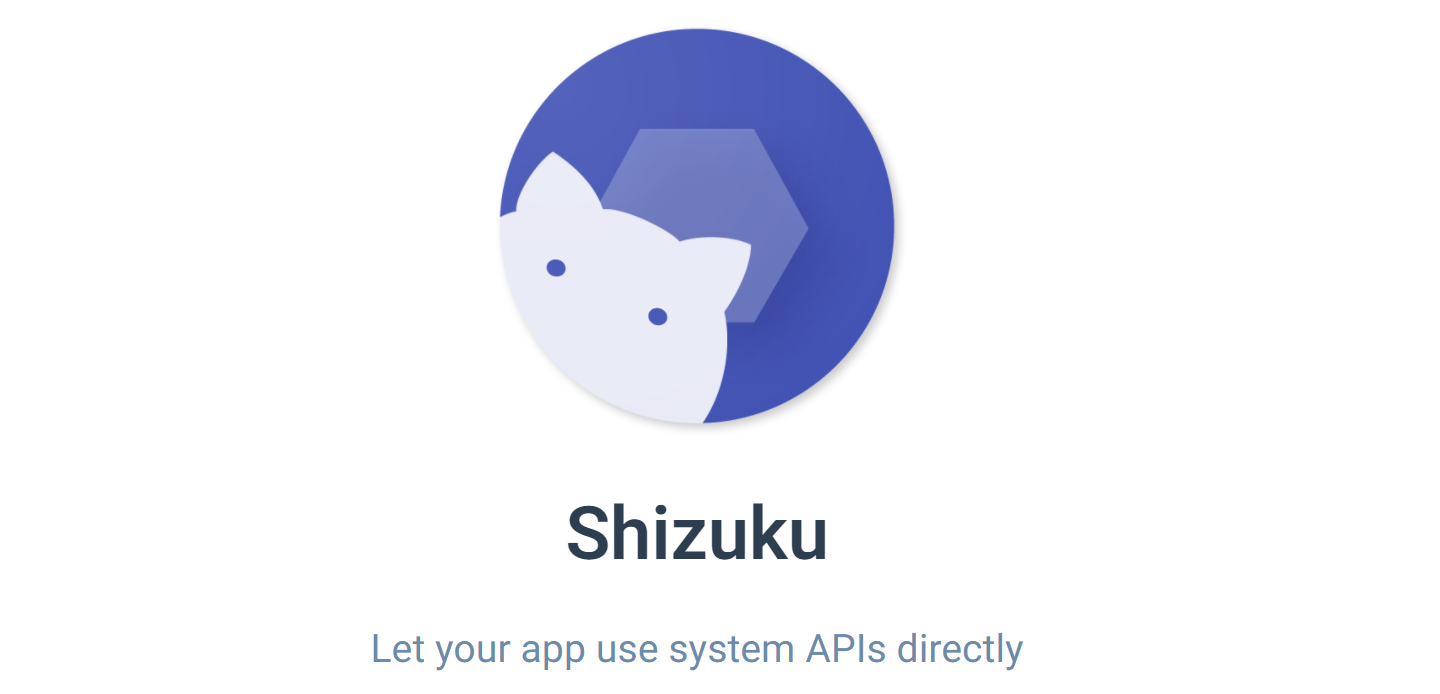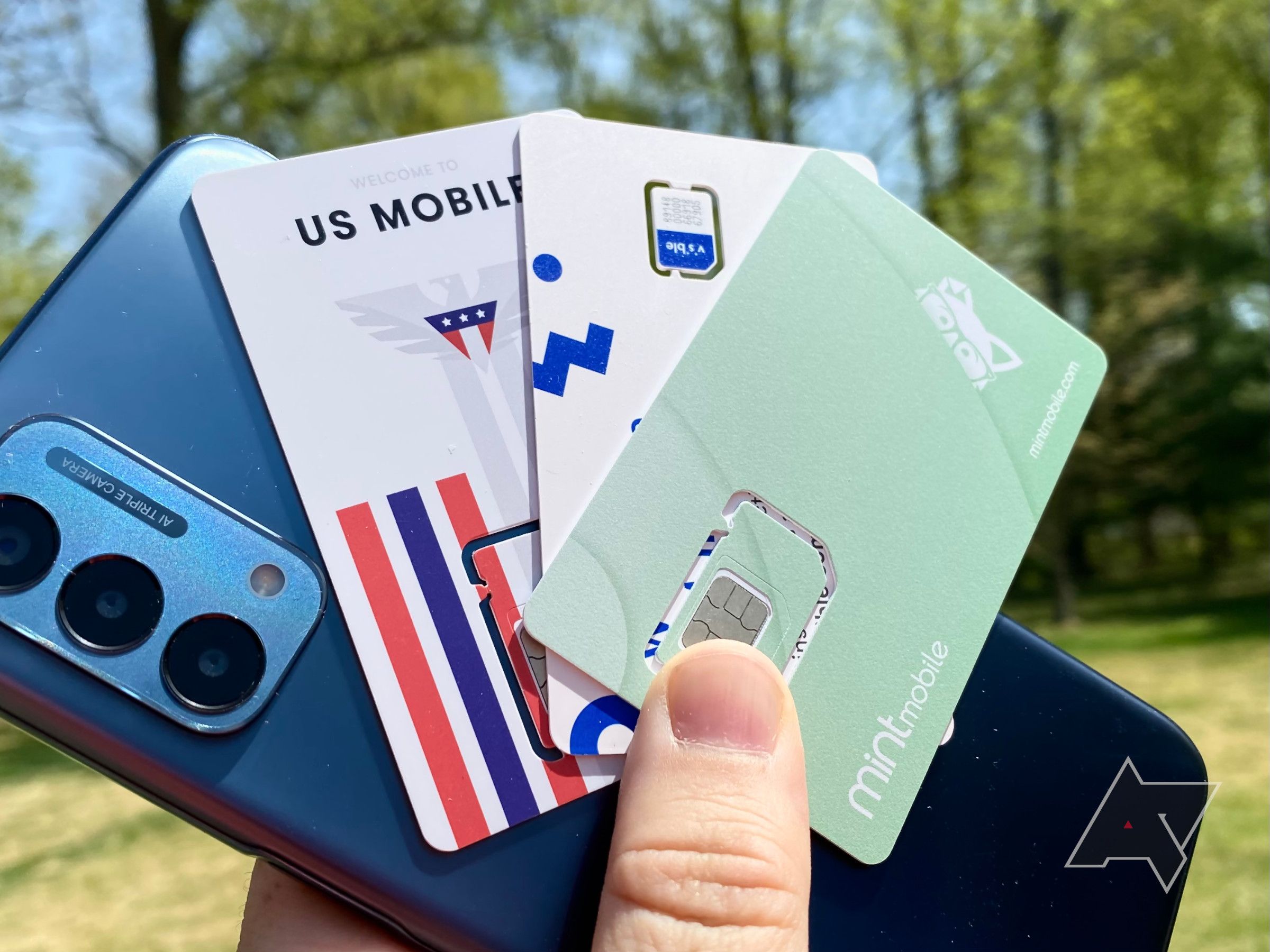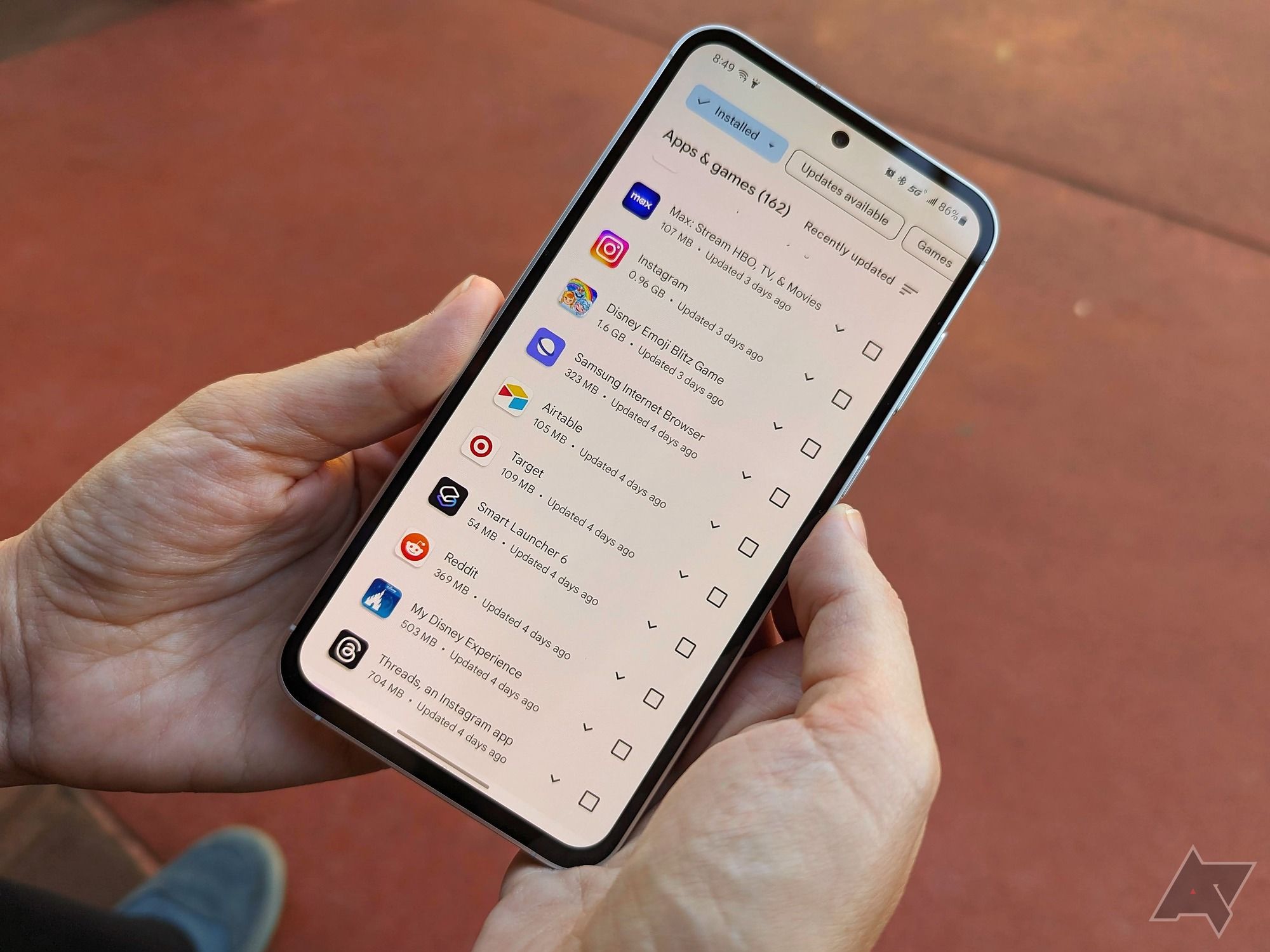The Android mobile operating system isn't considered to have many limitations or restrictions, but there are a few drawbacks. For the most part, you can customize your device as much as you want except for one key area: the preinstalled apps from device manufacturers and wireless carriers. Grabbing one of the most affordable Android tablets doesn't allow you to escape the problem without extra effort. This guide goes over how to remove these preinstalled apps on your Android smartphone or tablet.
What is bloatware?
Purchasing a new device from your local wireless carrier store may be something you've done before, but there's a catch. These devices are typically loaded with unwanted preinstalled apps from the device manufacturer or wireless carrier, known as bloatware. You can end up with two similar apps installed simultaneously, one from Google and the other from your device manufacturer or wireless carrier.
Some devices are more notorious than others regarding bloatware, but it's a common practice in the mobile industry. For example, your smartphone manufacturer might include its custom web browser, messaging app, and calculator. These apps take up extra storage space and offer minimal options for removing them. Those preinstalled apps are mostly untouchable because they are part of the core Android system. Still, there are some cases where you can deactivate or hide a few of them from the app drawer.
Bloatware can come in many forms from various sources, not only wireless carriers. Preloading carrier-specific phones with unwanted apps is one of the most well-known examples of bloatware.
So why does my phone have bloatware?
The bloatware answer to why you find different preinstalled apps for the same phone sold by two separate carriers is simple: for monetary reasons.
Bloatware, preinstalled apps, potentially unwanted programs (PUP), or whatever you want to call them, make manufacturers and carriers money. Many smartphone manufacturers ship devices with apps you might use (think: Facebook, Amazon, Netflix), but carriers may not be as conscientious. Manufacturers often use bloatware to remain competitive in markets with razor-thin margins. Pop a new SIM in your phone and there's a chance you'll notice dozens of new and unwanted apps. Carriers use PUPs to upsell their services and subsidize trade-in deals and promotions.
What's the story with excessive bloatware?
In the past, we had the Google Play edition program, which lasted only a short time. These were official and certified Android devices that launched without unnecessary bloatware. They only came with the core Google apps, such as the Google Play Store.
After this program was discontinued, the bloatware situation got out of control again. The user lost control of that aspect of their devices because there were no ground rules to limit how much bloatware was too much. At worst, you might have ended up with dozens of unwanted apps that couldn't be uninstalled.
Google has enforced stricter rules since then to reduce how much bloatware manufacturers and wireless carriers can include on their devices. Although this benefits everyone, the bloatware situation today isn't perfect. The Shizuku service discussed in this guide can take things further.
Shizuku is a unique on-device modding tool that uses ADB commands and system APIs, allowing you to debloat and freeze bloatware using a compatible app called Ice Box. It doesn't require root access, and you can use it on almost any Android device, giving you more flexibility over what you get from stock.
Why should you freeze an app?
When you freeze an app on Android, it's temporarily suspended from your device but not removed entirely. This allows you to restore the app to its original state quickly. Uninstalling completely removes an app. It can't be recovered under normal circumstances.
Freezing a system app, for example, is safer than uninstalling it by brute force. The risk factor of corrupting or messing up your system files is less, which is the primary goal. Freezing an app hides it from your app drawer, helping you clear the icon clutter.
The method used in this guide for freezing apps was tested up to the official public versions of Android 14 and the latest Android 14 QPR beta builds. We didn't experience any issues using Shizuku with Ice Box and its core features during our testing. Freezing and defrosting apps work as intended, even on the newest Android 14 beta releases.
Install and activate the Shizuku service
Before you can freeze apps or bloatware on your Android device, you must activate the Shizuku service. It constantly runs in the background for the apps that rely on it, so keep this part in mind going forward.
This means you'll need to manually start the Shizuku service after every reboot because it only runs on your system temporarily. This shouldn't be an issue, since you likely won't need to restart your device much. If you have full root access, you can set the service to start automatically with your device to enhance and simplify your experience.
To get the Shizuku service up and running on your device, follow these steps:
- Install the Shizuku app from the Google Play Store.
- Open Shizuku, then go to the Start via Wireless debugging section.
- Tap the Pairing button.
- Follow the on-screen instructions to pair your device with the Shizuku app.
-
Return to the main screen for Shizuku and tap the Start button.
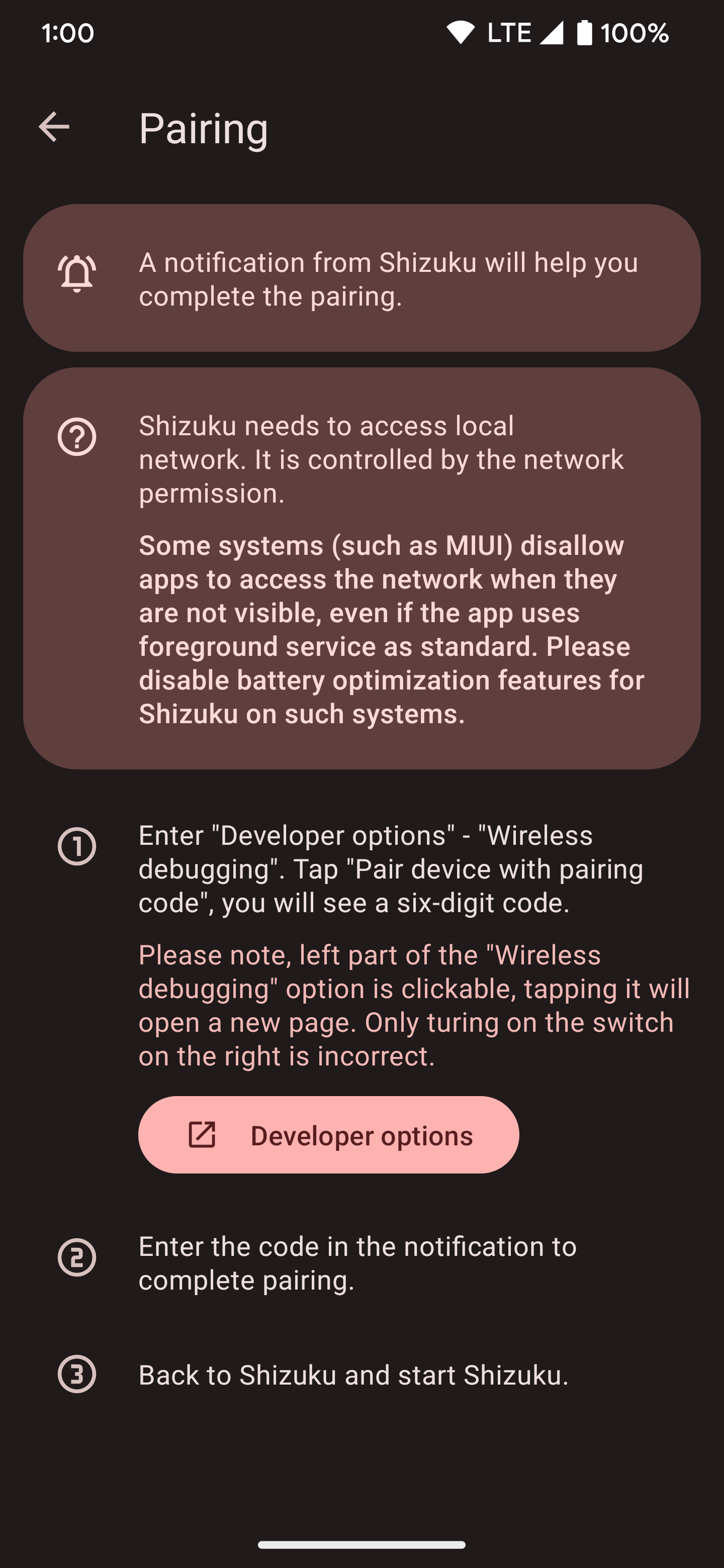
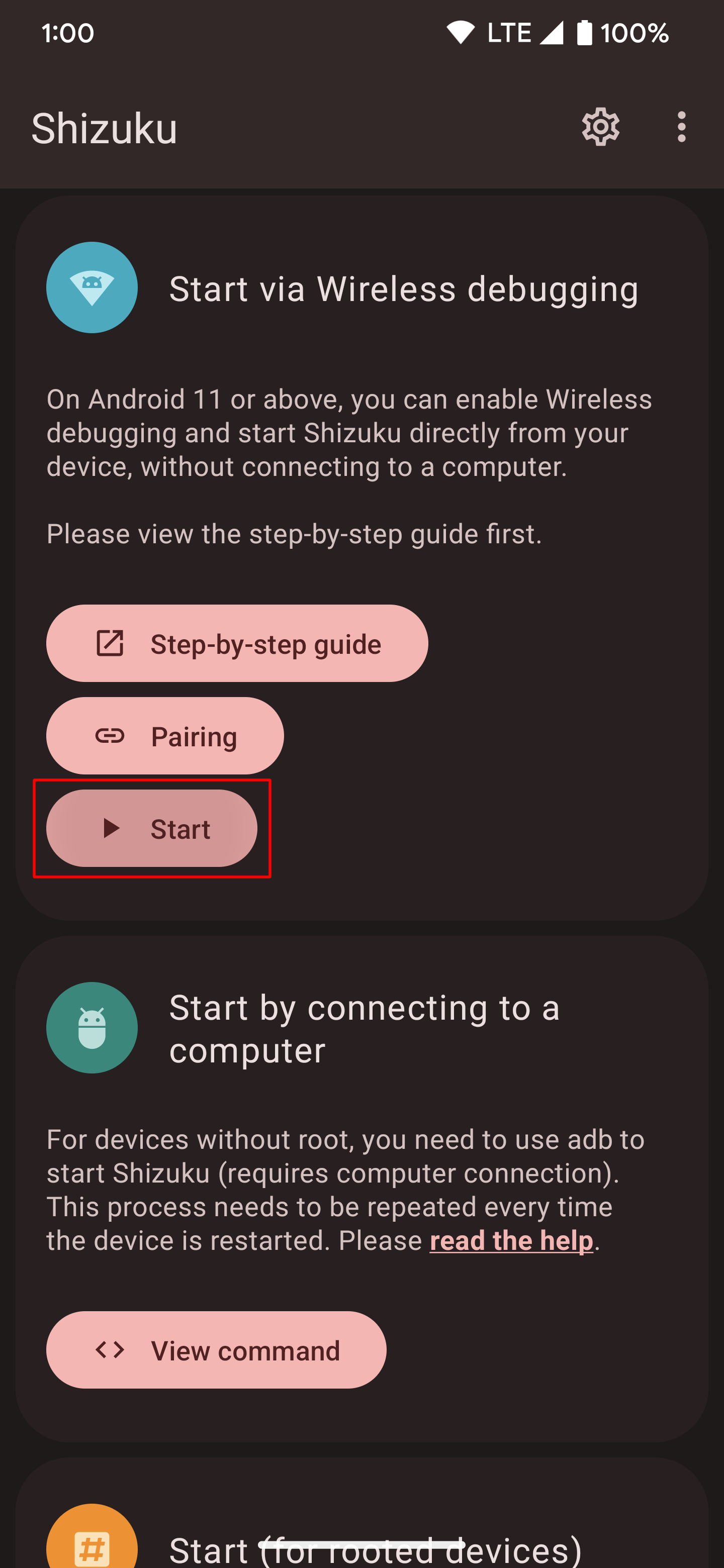
-
The Shizuku service runs in the background.
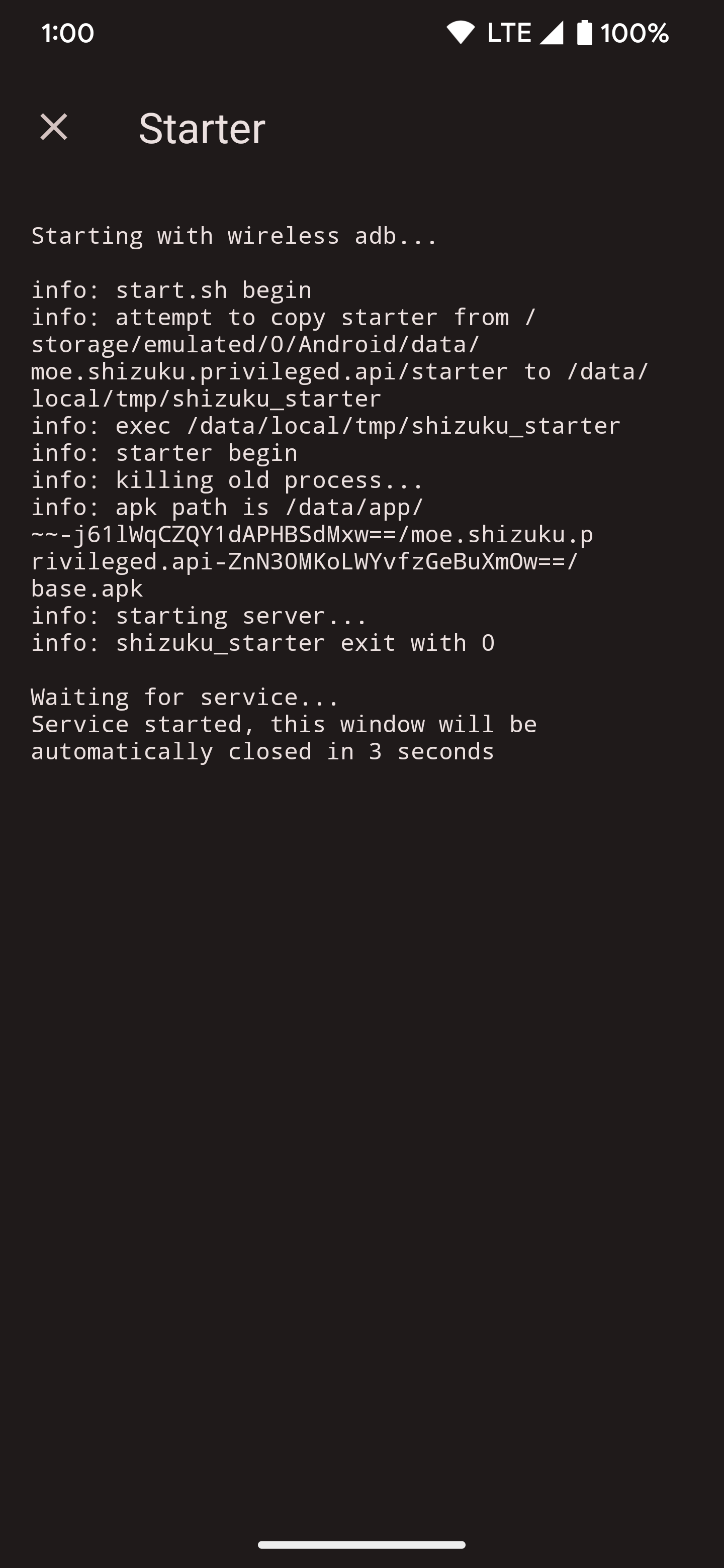
Visit our guide for activating the Shizuku service on any Android-compatible device if you need a more detailed tutorial. We cover everything you need to know, from the built-in wireless debugging feature to using ADB commands on a computer.
Set up Ice Box with the Shizuku service
Since the Shizuku service is running in the background now, you'll need a way to manage the apps and bloatware you don't want. The Ice Box app freezes and hides installed apps, including system ones. Combining Shizuku with Ice Box gives you a simple yet effective solution to freeze common device bloatware.
To get Ice Box working with Shizuku, check out the following steps:
- Install the Ice Box app from the Google Play Store.
- Open Ice Box, then run through the short intro by swiping from right to left.
-
Select the Shizuku Manager option.
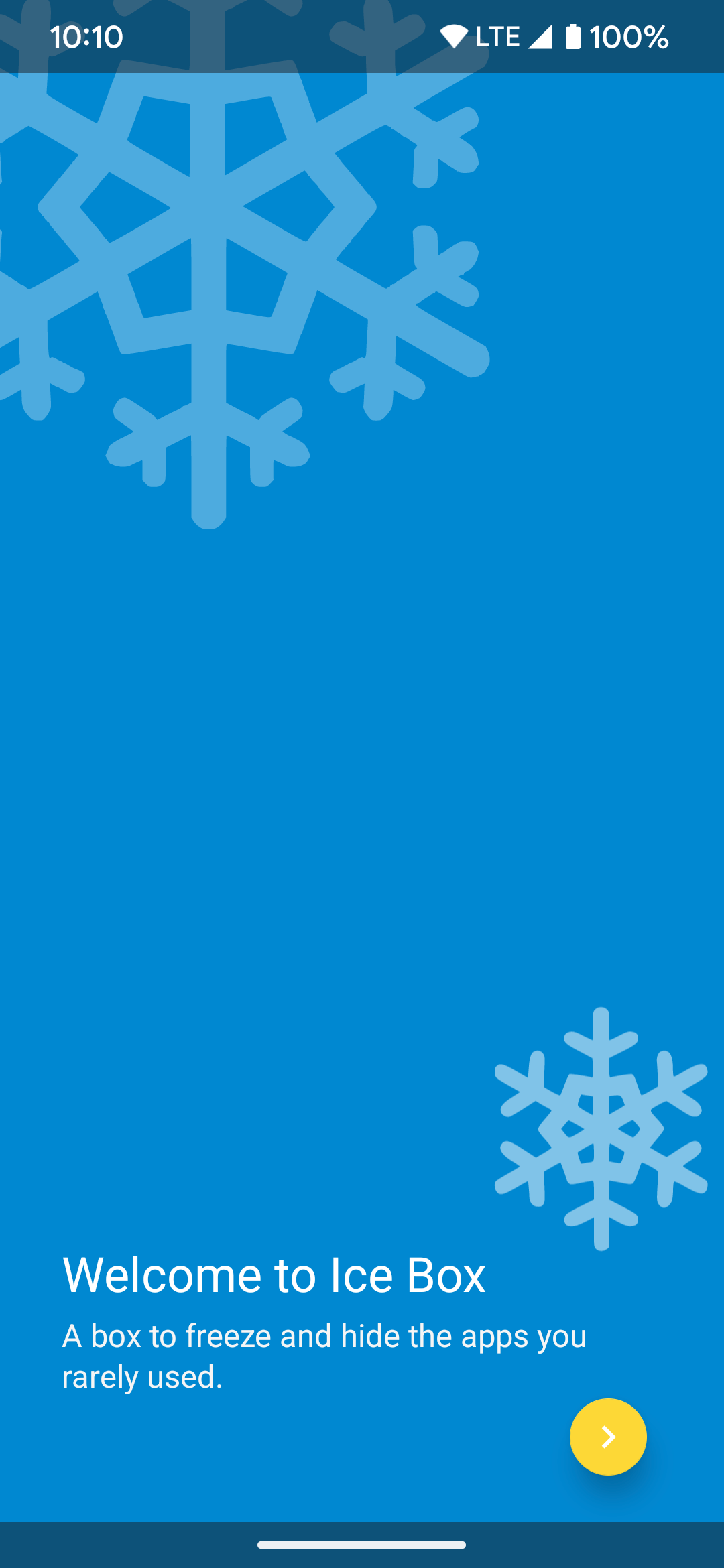
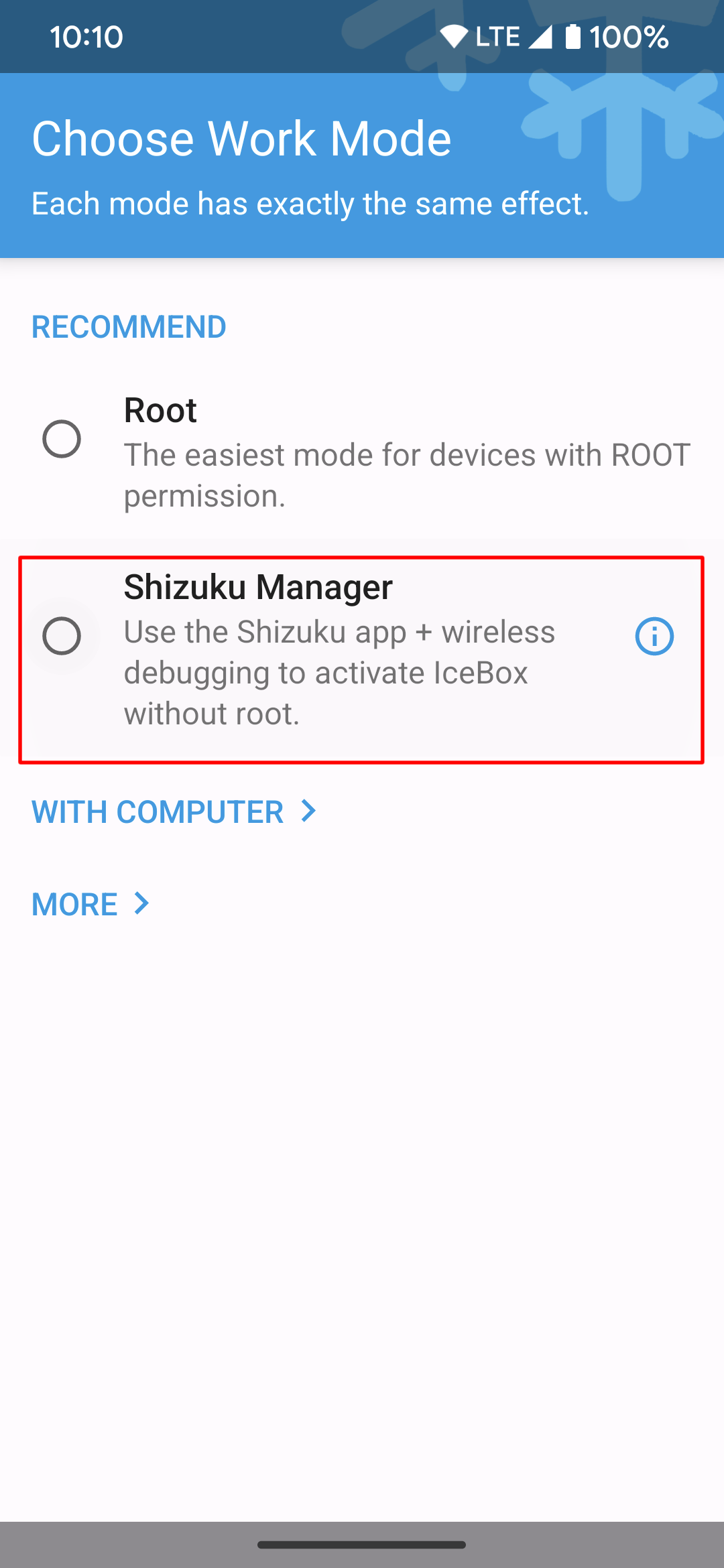
- Tap the Allow all the time button to give Ice Box access to Shizuku.
- Tap OK to dismiss the notice about Shizuku.
-
Tap the flashing Apps tab to begin the freezing process.
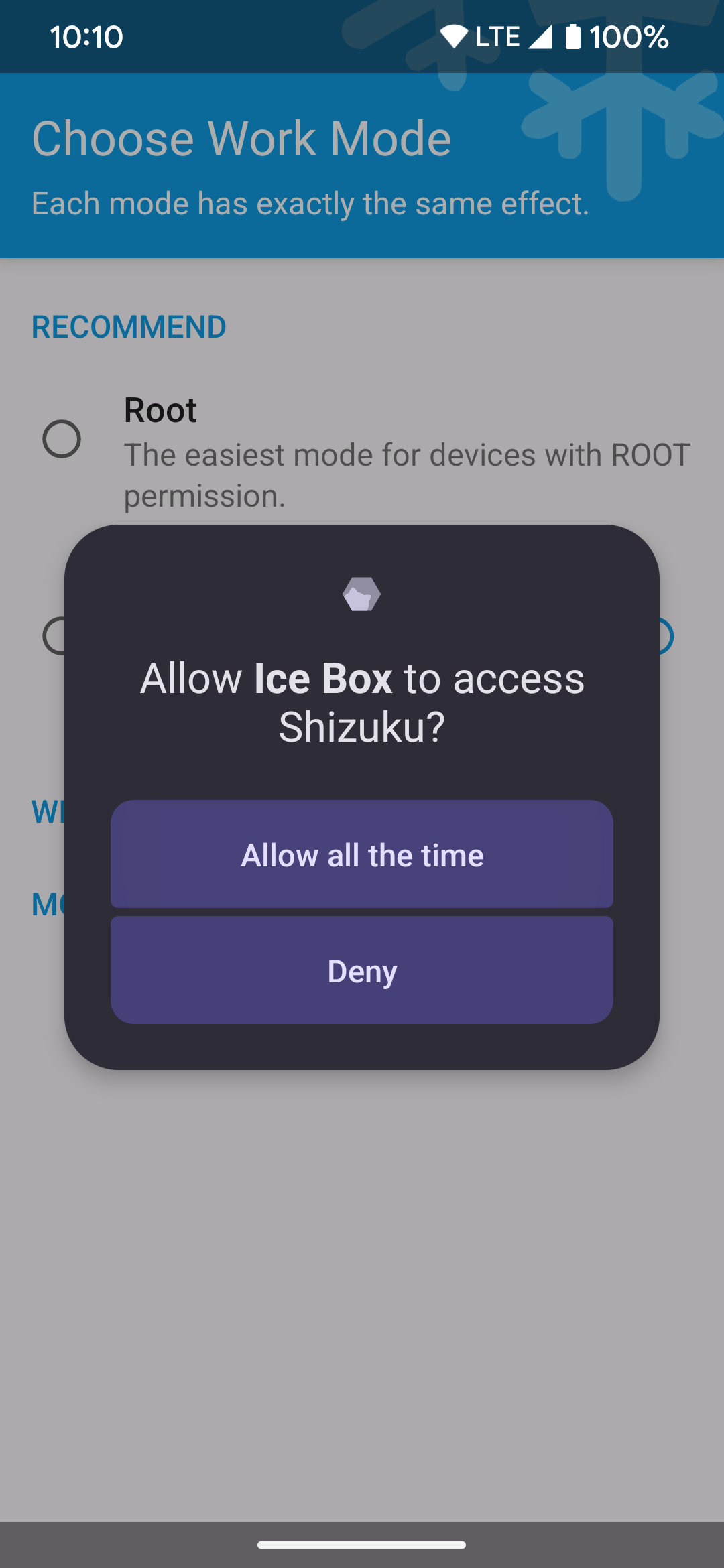
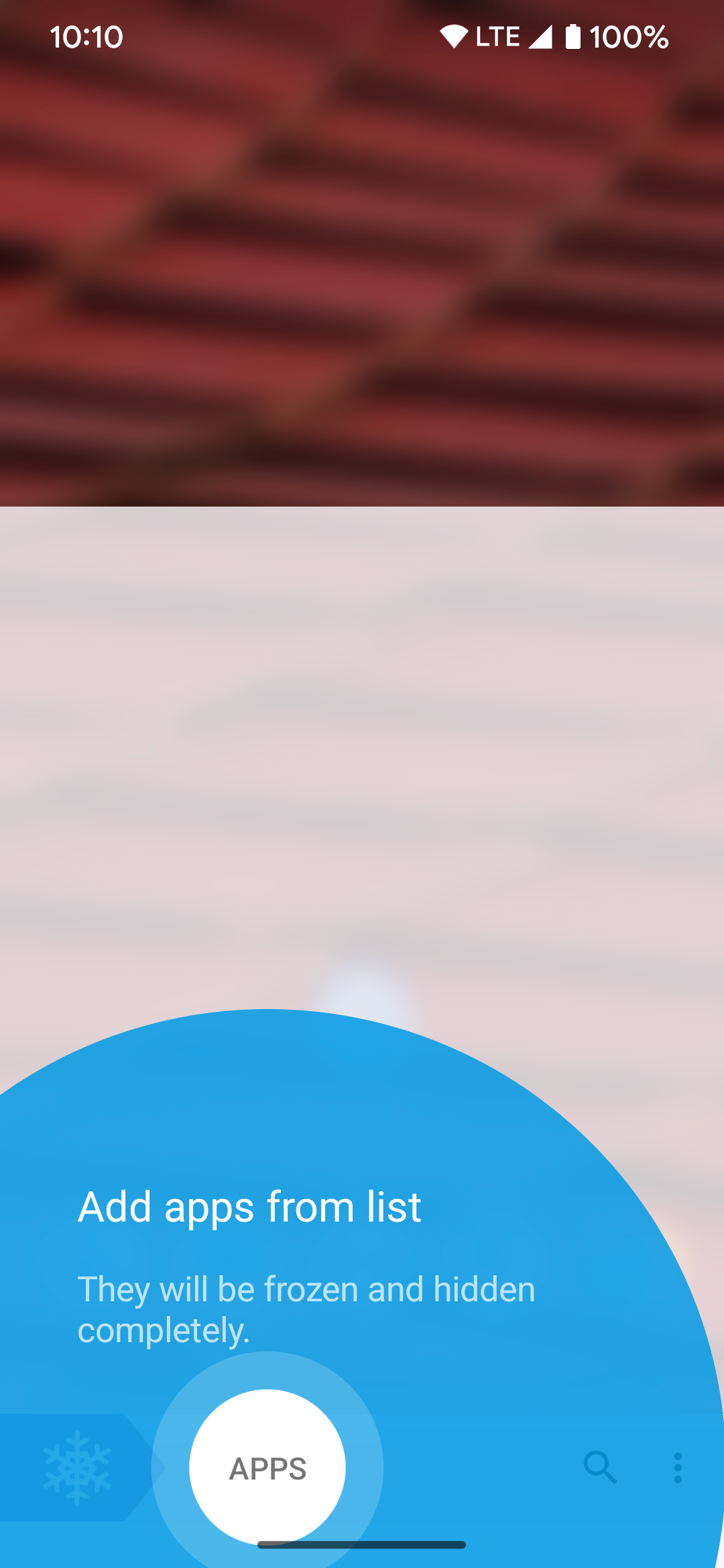
How to freeze the bloatware on your device
Now that Ice Box is set up and has the proper Shizuku permissions, you can move on to the fun part: freezing your apps and bloatware. To begin that process, do the following:
- Scroll through the Apps tab and check the boxes next to the apps you want to freeze. Each app is sent to the Frozen list when you check its box. The free version of Ice Box allows you to freeze up to 10 apps. Purchase the premium version if you need more.
-
Tap the System tab and check the box next to the apps you want to freeze. The System tab is where you'll find most preinstalled bloatware. You can only continue after tapping Got It to accept the risk, so be careful about which apps you freeze.
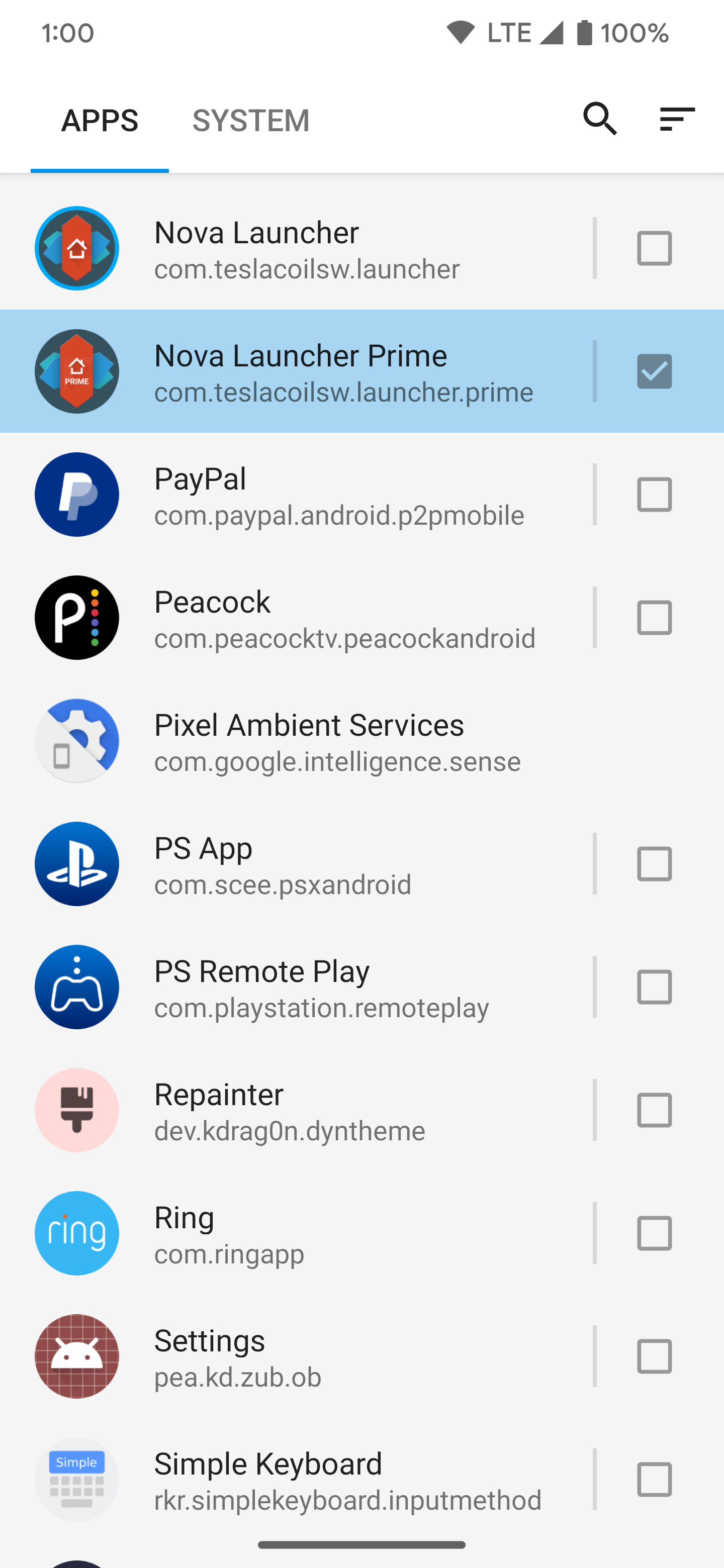
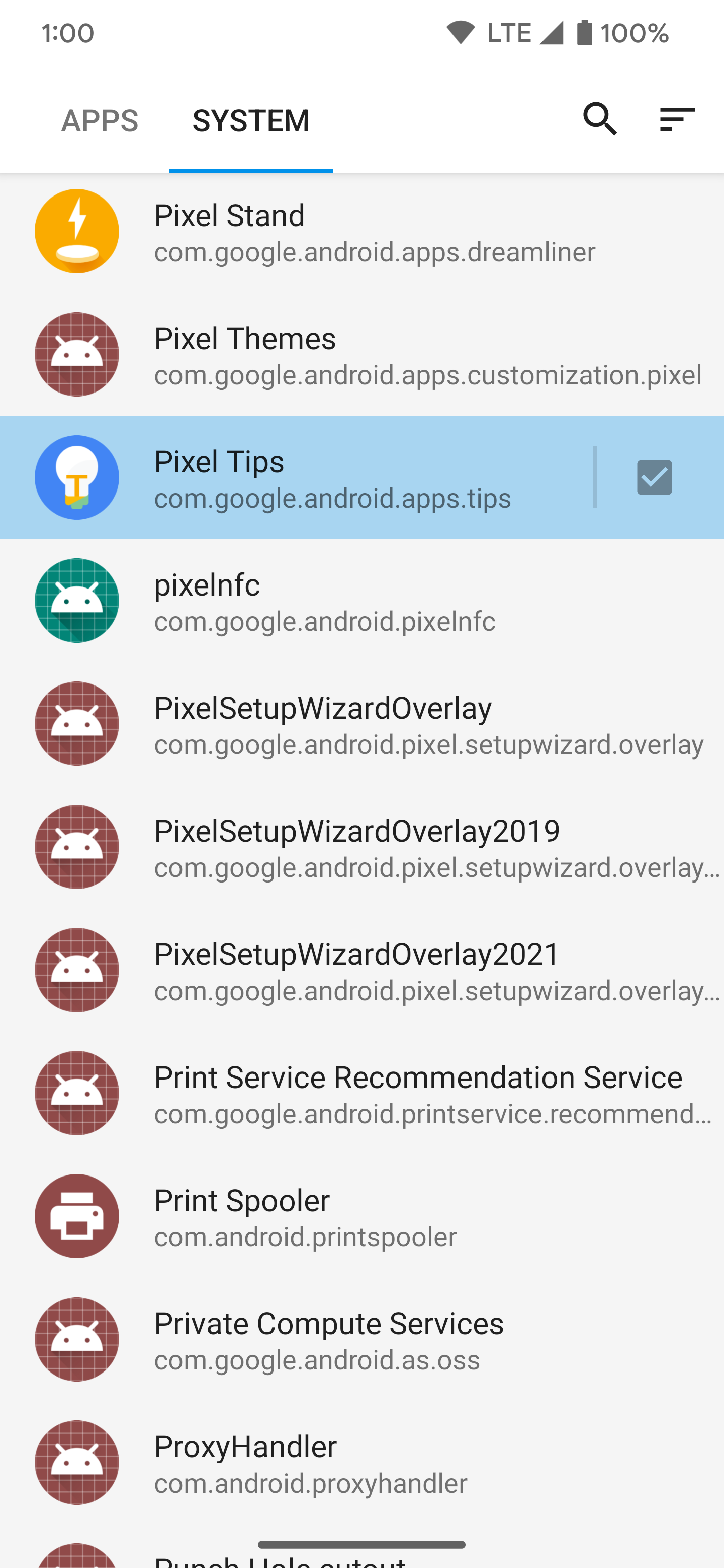
- Return to the main Ice Box screen using the back arrow or gesture.
If you need to do it later, tap the app icon on the Frozen list to unfreeze it temporarily and open it. You can long press the icon and select Freeze to suspend the app again. At the same time, choosing the Remove From List option sets the app to its original state and takes it off the Frozen list.
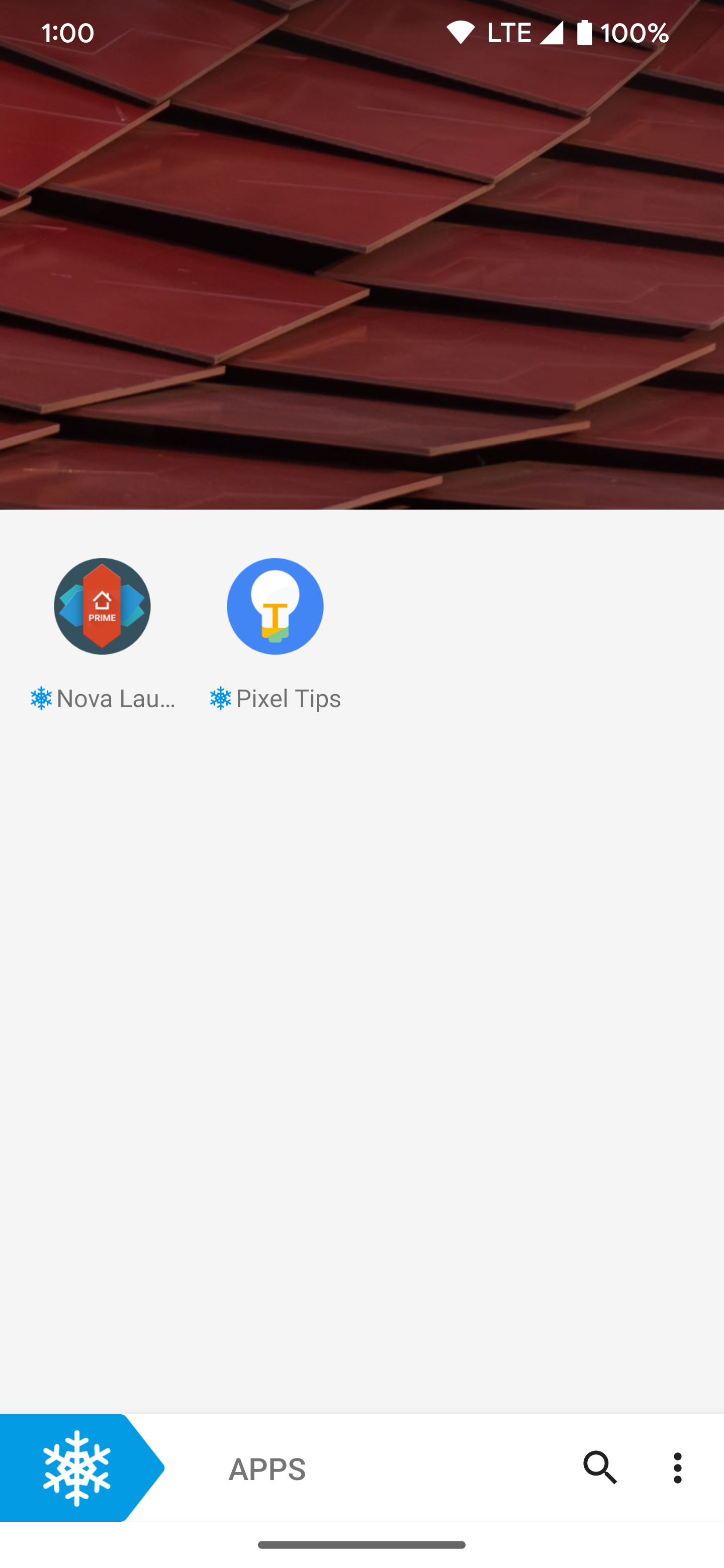
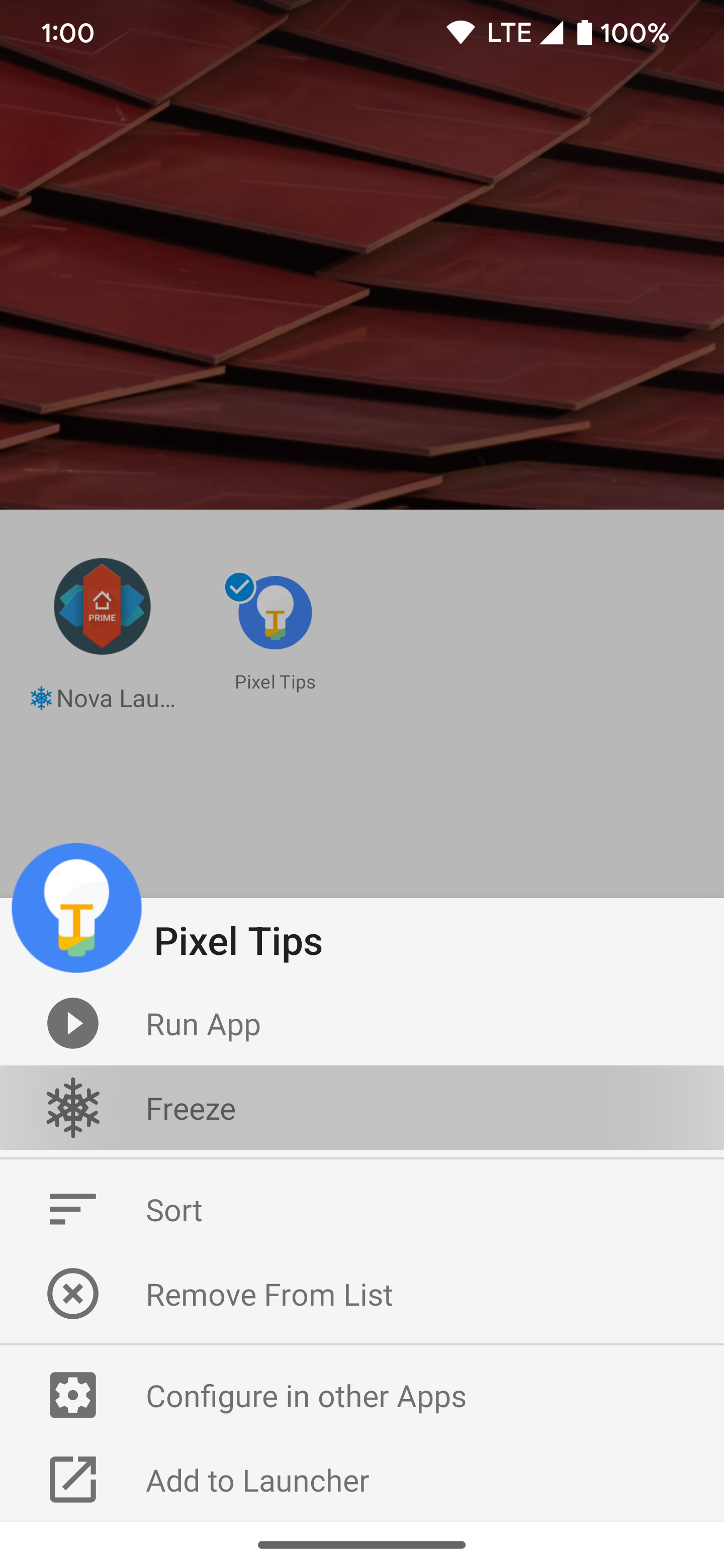
Tap the Ice Box tab in the lower-left corner to instantly refreeze all apps. This allows you to freeze them with a single tap instead of going through them individually.
How to remove all apps from the Frozen list
If you want to defrost and restore all of your apps from the Frozen list without any extra hassle, there's a convenient feature you need to know about. To get started, check out these steps:
- Open Ice Box to the main app screen.
- Tap the three-dot menu in the lower-right corner.
- Go to Settings.
-
Under the Misc section, tap the Defrost All option.
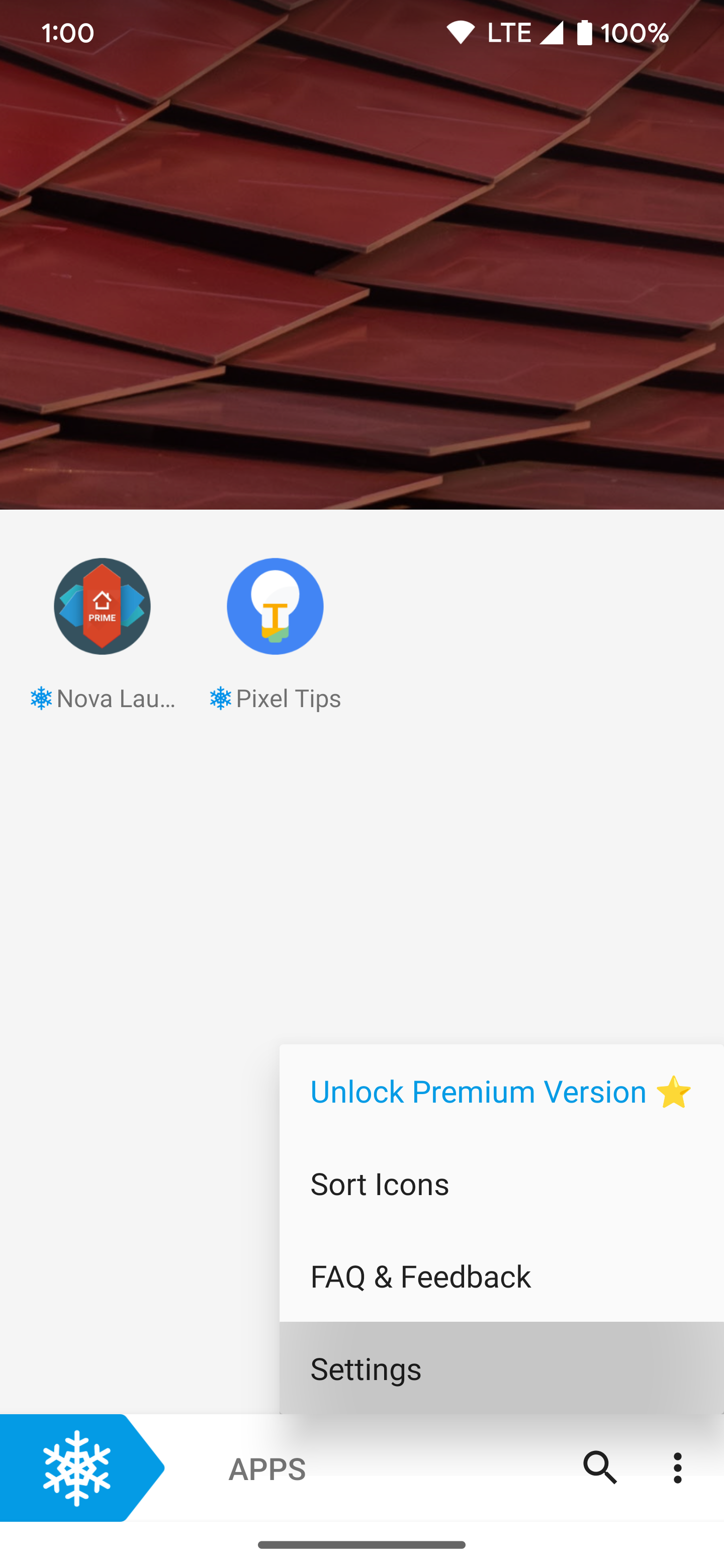
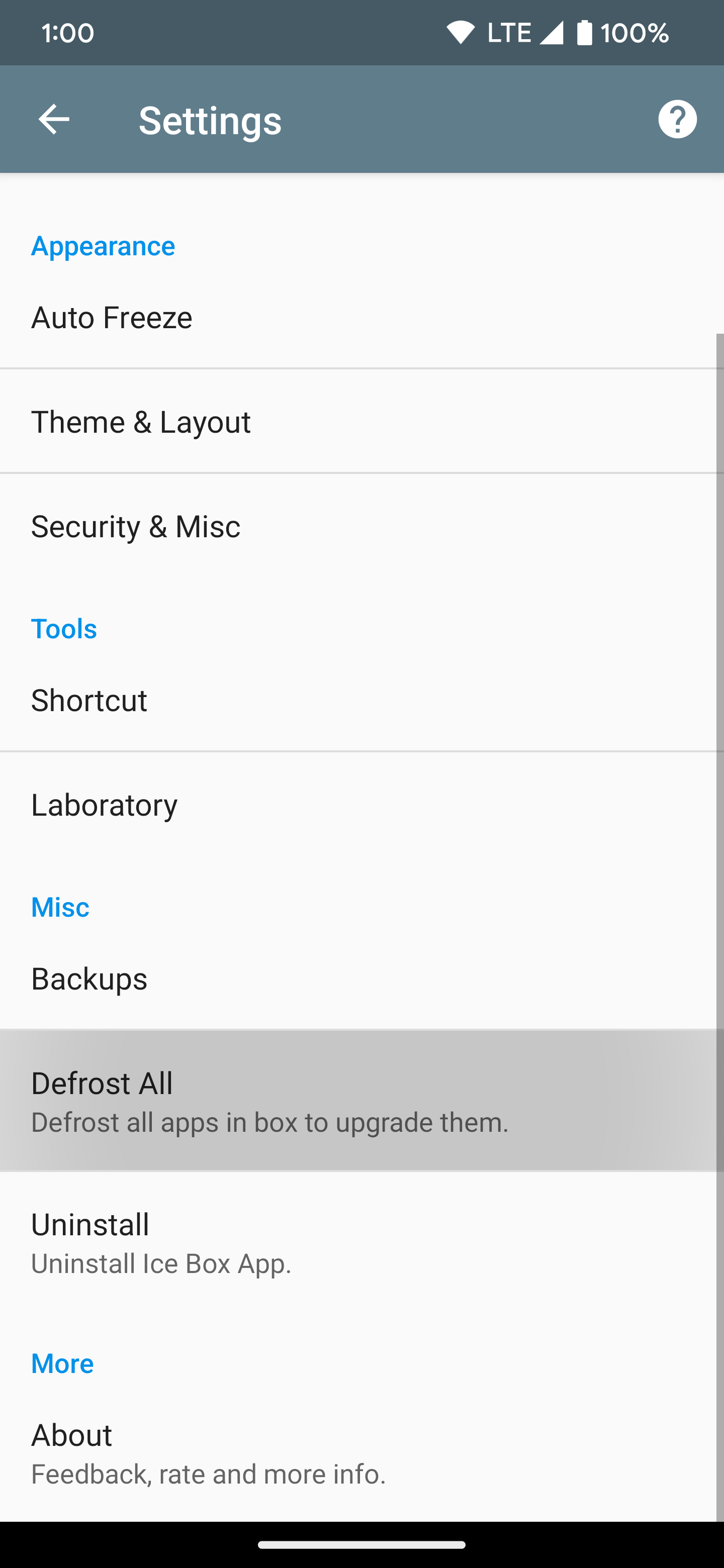
-
Check the Also disable Auto Freeze box, then tap OK to continue. This ensures apps don't automatically freeze again later, saving you multiple steps.
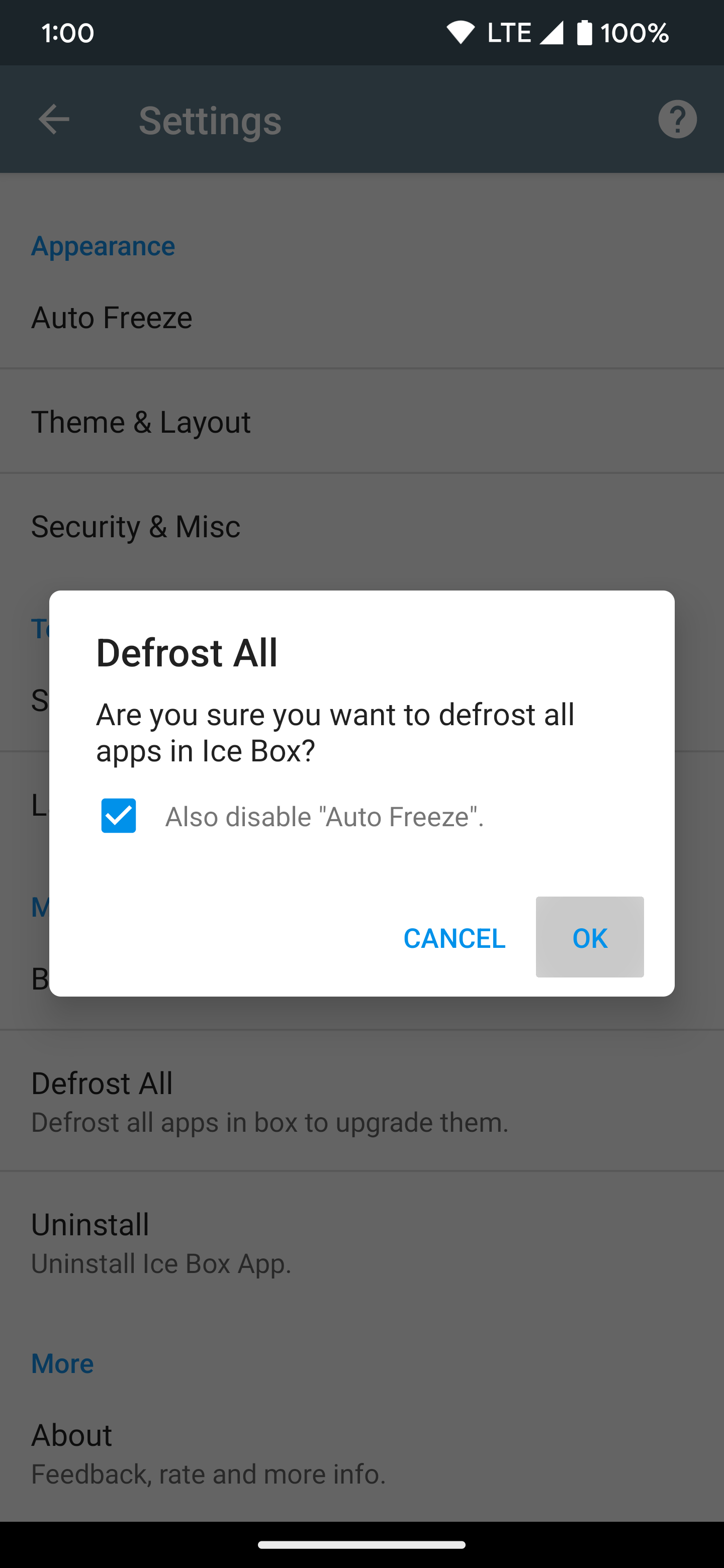
- All apps are now removed from the Frozen list and restored to their original state.
Freezing bloatware is the way to go
In the earlier days of Android, after the Google Play edition program ended, bloatware became a problem again. Without root access, it was difficult to manage these unwanted apps. You likely couldn't even hide them from your app drawer or home screen. But now, with the power of Shizuku and Ice Box, you can use temporary on-device ADB commands as a proper alternative solution. Doing so lets you quickly freeze any system app or bloatware with a few taps. The risk of messing up your device or system files is minimal, making it perfect for modding beginners.
With the help of the Shizuku service, you can back up and restore your Android device using Swift Backup. It's a powerful tool that offers many of its best features without requiring root access.

